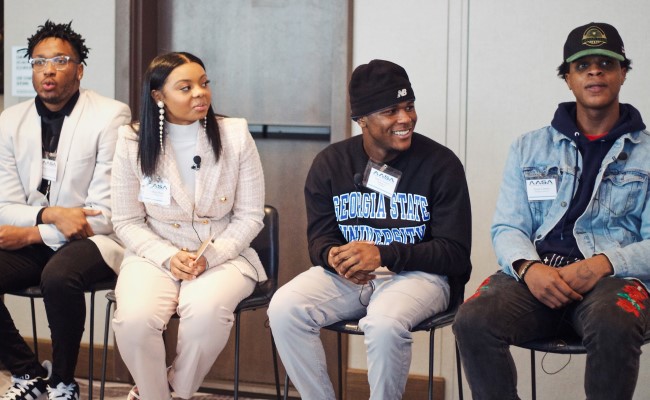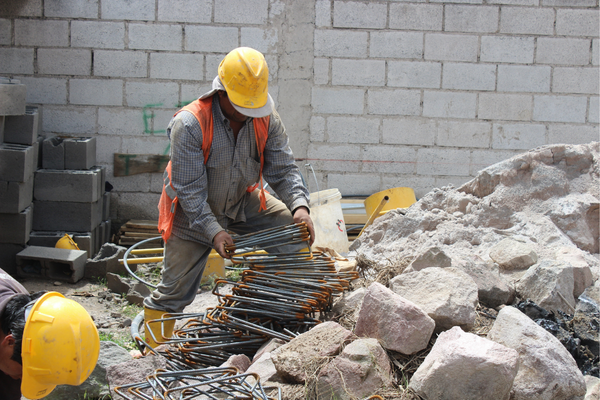3 Takeaways: Collaborative Strategies for Discipline and Juvenile Justice
February 06, 2025
3 Takeaways from AASA’s Building Bridges: Collaborative Strategies for Discipline and Juvenile Justice Summit
On January 15, 2025 in Atlanta, Georgia AASA hosted a summit focused on school discipline, juvenile justice, and strategies to keep at-risk youth in-school and learning. This summit was made possible by a grant from the Annie E. Casey Foundation. AASA’s partners in the work, the Gault Center, presented and led workshops alongside AASA and the Annie E. Casey Foundation staff.
The summit aimed to support school leaders and youth serving agencies with tools and resources to improve disciplinary practices and equity in public education. Around 50 leaders came together for a day of learning, discussion, and sharing challenges and promising practices.

Top 3 Takeaways
1. "Flashlights" are Key
First and foremost, leaders need more and better data to see and examine trends in school discipline outcomes. When, where, and how often are issues occurring? Are subgroups impacted equally or disproportionately? Having an accurate and timely handle on your data is key.
2. Support All Parties
Students need increased supports to ensure academic, social-emotional, and wellness issues aren’t at the root cause of behavior problems. Faculty and staff need support from administrators for alternative discipline strategies, professional development, and training and to avoid burnout. Utilizing multi-tiered systems of supports (MTSS) helps identify at-risk students and support them to success.
3. Prevention Over Treatment
Schools and systems need to work first and foremost to prevent discipline issues. Improving school climate and school-student and school-family relationships helps create an environment that lessens disciplinary actions. Employing positive behavior intervention and supports (PBIS) helps improve student behavior and teacher-student relationships.
Systems are best judged by the outcomes they create, not their stated goals. School leaders must examine student outcomes and then work to revamp the system and structures in order to create improvement.
Throughout the summit, students echoed the same sentiment: 'Schools saved me. Schools were a place with adults that cared about me and helped get me on the right path.'
Let’s continue to ensure every school remains a place where students feel seen, supported, and set on a path to success—because when we build systems centered on care and connection, we truly change lives.
Video Recap from the Summit:
Additional Resources on Discipline:
- School Discipline: Dismantle the Pre-K to Prison Pipeline
- Case Study: Reforming Discipline in Broward County Public Schools
- Case Study: Three-Pronged Approach for Equity & Justice in Denver Public Schools
- Case Study: Madison Metropolitan School District, Improving the Process to Improve the Outcomes
- Case Study: Changing the Mindset and Changing the Outcomes in Oklahoma City Public Schools




